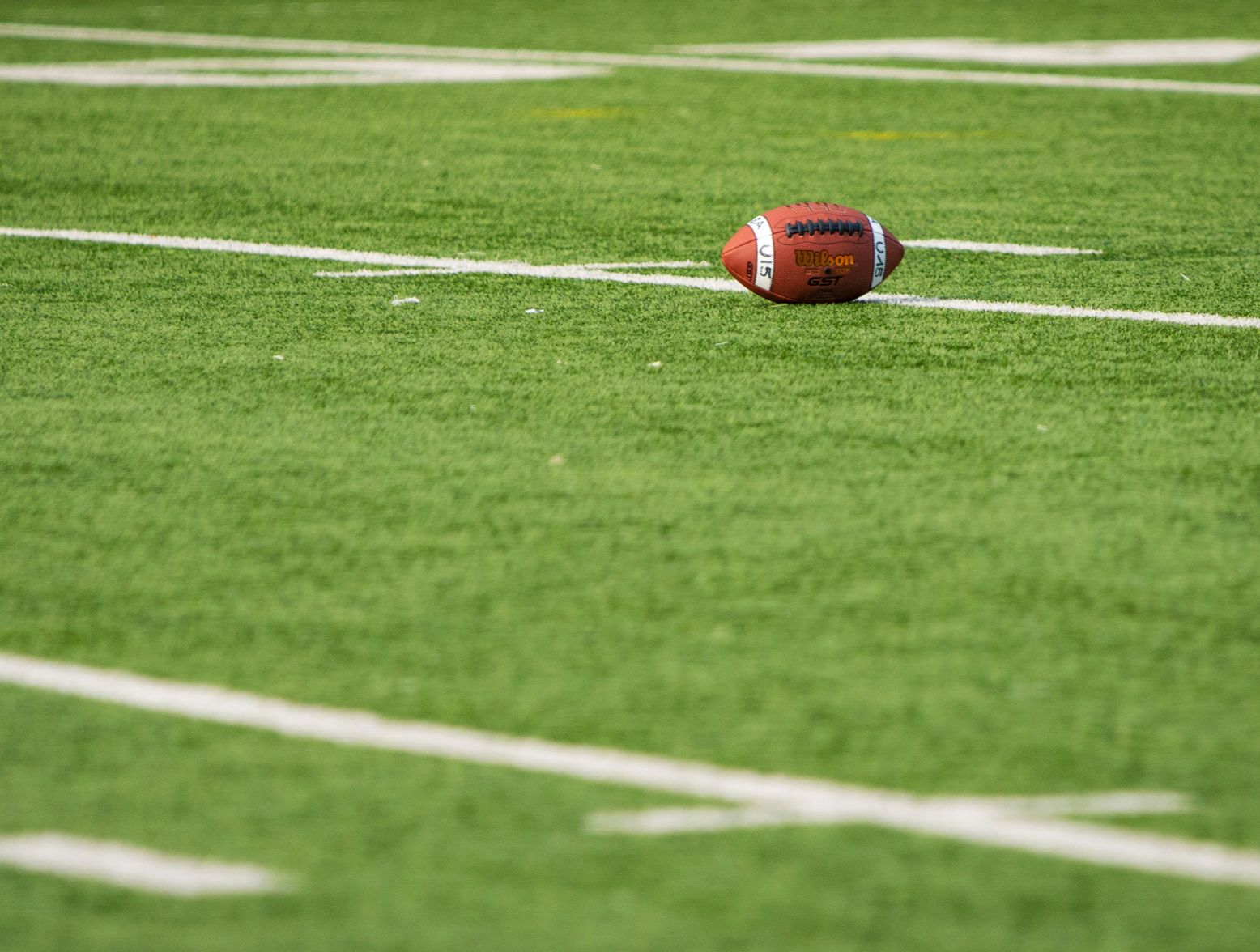I’ll admit, growing up I was raised on the “must win” narrative. In my house, losing was failure, winning was glory, and anything in between, a tie, was awkward, disappointing, unresolved. But as I get older I’ve come to see ties as a refreshing pause, a kind of narrative breath in a season full of highs and lows. And after watching the 40-40 tie between the Green Bay Packers and Dallas Cowboys on Sept. 28, I’m sold on their hidden virtues.
Let me tell you the game’s story, because it was wild, heartbreaking, thrilling, and yes, worth a tie.
A Game That Refused to Die
When I first saw the box score, Packers vs. Cowboys, final: 40-40, I thought it was a misprint. But it was real. According to ESPN, Micah Parsons returned to AT&T Stadium to face his old team, and while he got a sack on his former quarterback, Dak Prescott, the rest of the game left him frustrated.
The two teams combined for 80 points, with seven lead changes, the most in a tied game in NFL history. Prescott threw for 319 yards and three touchdowns, Jordan Love, for the Packers, threw for 337 yards and three scores. Both offenses were on fire, neither defense completely surrendered, and in overtime, both sides kicked field goals.
That’s a tie that refuses to feel like a cop-out. It felt like unfinished business.
Why Ties Are Misunderstood
- They acknowledge equality without forcing false resolution.
Sometimes two teams are just as good (or as bad) in a given matchup. A tie respects that. It says, “You met your match.” Forcing a winner with gimmicks or extended tiebreakers can distort the picture of how the game really went. - They preserve drama for future games.
After the Packers-Cowboys tie, both teams leave with a record that says they’re in the middle, not great, not terrible. That leaves both room to improve, to adjust, to surprise us. It’s more suspenseful than having one side claim total victory. - They push us to appreciate nuance.
When a game ends 21-17, we latch on to the winner, the hero play, the “right call.” In a tie, we inspect everything, momentum swings, defensive breakdowns, clock management, missed kicks. It demands reflection. - They reveal character, and humility.
Parsons was honest about his disappointment. His former teammates and coaches had to live with “almost.” Fans have to live with “what if.” It humanizes the athletes. It’s messy, but real.
My Own Tie Analogy
Let me pull from my life for a second, in relationships, in arguments, even in creative collaboration, I’ve had standoffs where both sides hold ground, where neither is pure villain, where neither is purely right. A tie there is not failure, it’s recognition that there’s more to work through. It’s not closure, it’s possibility.
That’s what I see in a good athletic tie. It doesn’t wrap it in a bow, it leaves the ribbon loose. It invites conversation.
Why I Don’t Feel Cheated by This Tie
Sure, I’m a Cowboys fan and a little salty. I watched Parsons make statements. I saw the Packers’ defense waver. But I don’t feel cheated. Here’s why:
- Dallas didn’t collapse late. They fought.
- Green Bay didn’t dominate the whole game. They responded.
- There was drama, sacks, momentum swings, clutch drives.
- The final result felt earned, not manufactured.
This wasn’t a scoreless draw in soccer with watered-down defenses. This was two elite offenses going all in, and nowhere to hide.
What Critics Get Wrong
Some will say ties are “boring,” “unsatisfying,” “anticlimactic.” But that’s a shallow take. Ties aren’t for those who want simple answers. They’re for those who enjoy complexity.
Also, critics often forget, not every sport allows ties, but when they do, they’re rarely the default outcome. So when a tie happens, it’s memorable, and worth talking about. The Packers-Cowboys game will be dissected for weeks, because it ended in a tie. If the Cowboys had won by three, many would say “normal Sunday.” But a 40-40 tie? It forces us to linger.
Tie, But With Lessons
From the game on Sept. 28 we learn:
- Defense still matters. Even in shootouts, one stop or one missed coverage can tilt everything. (Parsons stressed the defense’s performance and apologized to Jordan Love for “letting him down.”)
- Offense must adapt. Both teams made adjustments midgame, because neither could coast.
- Emotional stakes are real. Parsons returning to Dallas, facing his old team, making critical plays, all that personal drama adds intensity that no forced tiebreaker could capture.
Final Field Goal Thoughts
So next time I hear someone say “tie games are the worst,” I’ll smile. I’ll think of that 40-40 war. I’ll remember it was thrilling, uncertain, brutal, beautiful.
In sports, not everything wraps up neatly. Life rarely does. And sometimes, I think that’s OK.
Ties respect that reality. They remind us that two efforts can be equal not by default, but by force of competition. They leave room for reflection, redemption, narrative continuation.
They’re not failure, they’re art in tension.
